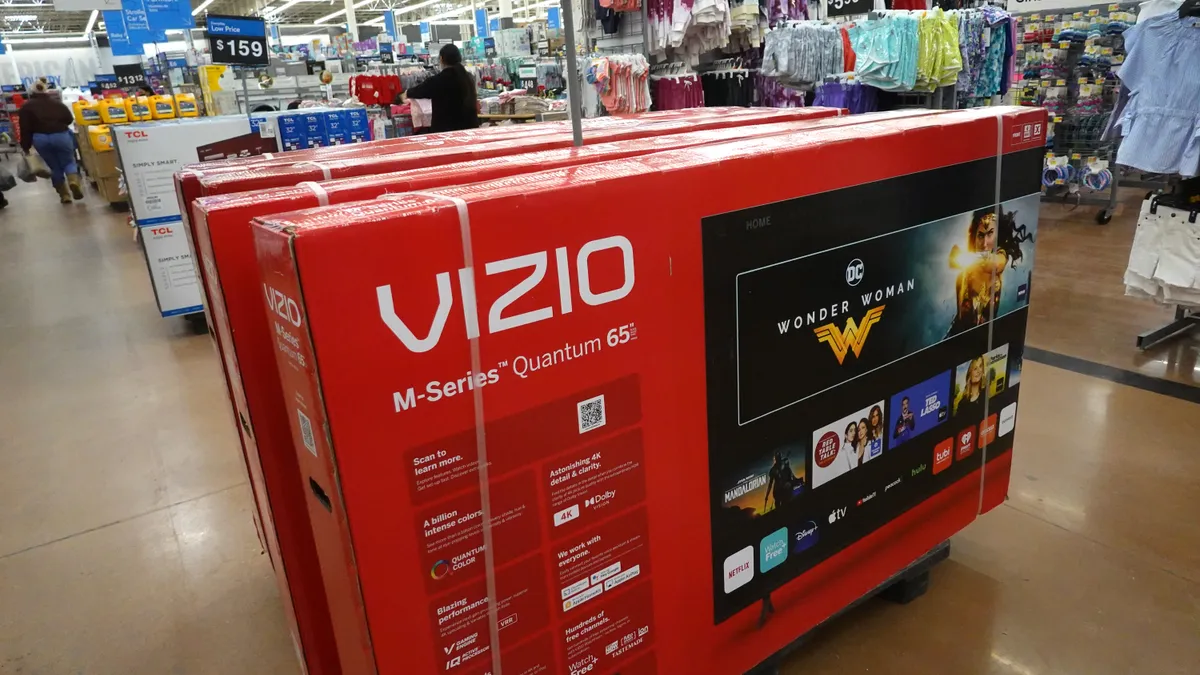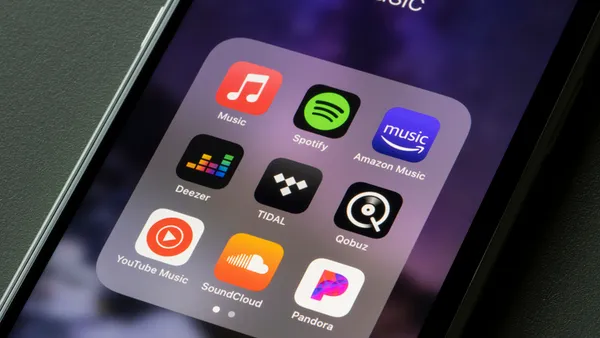Dive Brief:
- Ad spending on over-the-top (OTT) TV is expected to increase 40% to $2 billion in 2018, according to a fall update to Magna's U.S. ad forecasts for 2018. Addressable TV spend will reach $800 million, the firm found. The increase is due to higher consumer adoption of smart TVs and set-top boxes, as 84 million homes will be reachable by nontraditional TV ad campaigns in 2018. Magna reports that 80% of U.S. households will be reachable through OTT this year.
- National linear TV ad spend, on the other hand, is projected to grow 1% this year barring cyclical events like the Winter Olympics and upcoming midterm elections. The gains, which help bring stability to the space after six quarters of erosion, are supported by categories like pharma and food remaining loyal to TV. TV ad prices also remain high despite ratings having declined 10% to 12%, Vincent Létang, EVP of global market intelligence at Magna and author of the report, told AdExchanger.
- Digital is expected to account for 51% of all ad spend and exceed $100 billion for the first time this year, Magna said. Digital ad spend is projected to grow 16% in 2018 to $106 billion. Under the digital umbrella, mobile will grow 30% to reach $70 billion, growing past linear TV. Magna forecasts that mobile will make up 80% of total digital ad spend by 2023.
Dive Insight:
Magna's fall update reinforces a few long standing industry trends — digital is still growing rapidly, with mobile an increasingly key part of that equation — but the findings around OTT's growth stand out. OTT comprises streaming services like Netflix, Amazon Prime Video and Hulu, and also "skinny" and specialized cable packages from TV networks and other providers. It has not always been easy to reach consumers via these channels, which blend digital elements into the viewing experience and sometimes do not support ads, although that could be changing as more marketers invest in the format.
Fifty-eight percent of advertisers are making significant investments in OTT, 44% are doing so in programmatic linear TV and 40% are doing so for addressable TV, according Advertiser Perception's 2018 Video Advertising Convergence Report released in June. The ability to target ads, cross-screen planning and buying and addressability are driving the investments.
However, even with better targeting and measurement capabilities, OTT does not yet offer the scale of linear TV. While OTT is growing, it still lags behind the $63 billion national linear TV market, according to Magna. Marketers then might find the most success with strategies that combine OTT and traditional linear TV.
That could change in the near future. Declining TV ratings are closely linked to more consumers cutting the cord and choosing OTT services over live TV. Younger consumers are also helping to lead the trend in cord-cutting, which is happening faster than many in the industry predicted.
However, some key segments millennials still find value in the live viewing experience. A Video Advertising Bureau (VAB) study published last week revealed that 40% of millennials prefer watching their favorite TV shows live, and 29% said they watch their favorite YouTube shows the same day they are posted on the platform. Millennials also have an emotional connection to ad-supported TV, which drives their purchasing decisions.











